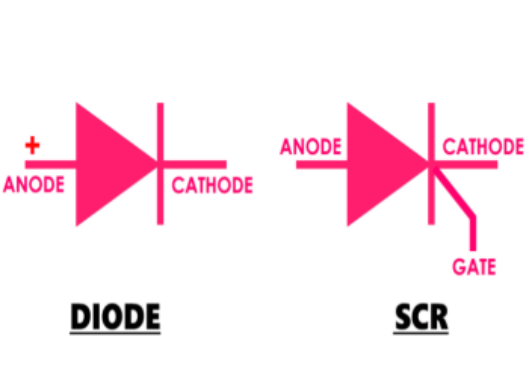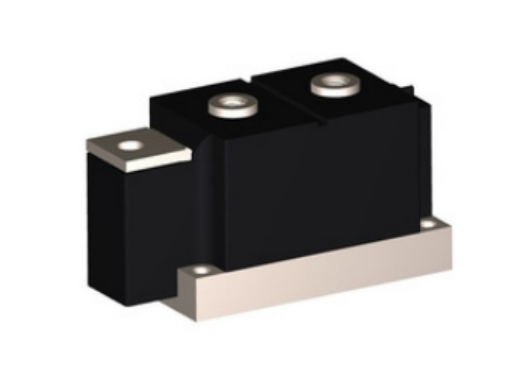What are the similarities between diode & thyristor?
Diode & thyristor are common semiconductor devices, and they have a wide range of applications in electronic circuits. A diode is a unidirectional conductive device that has the functions of rectification, switching, and voltage regulation. A thyristor is a semi-controlled device that controls the current through the gate and is suitable for power control, switching power supply, and other fields. Diode & thyristor are two common semiconductor devices that have a wide range of applications in power electronics. Although they have some differences in structure and function, they also have some similarities.

Operating principle of Diode & thyristor
The Diode & thyristor are basic structures based on PN junctions. In a diode, the PN junction controls the direction of current flow by adding an external voltage. When a voltage acts on the PN junction, the carriers (electrons or holes) move from the N-type semiconductor to the P-type semiconductor, forming an electric current. If the voltage is in the opposite direction, there is no current flowing. Therefore, a diode can be thought of as a one-way switch that can only turn on current in one direction.

A thyristor is a more complex semiconductor device that has two PN junctions that control the current through a gate. A thyristor can be considered a semi-controlled device because the gate voltage controls its current. When the gate is subjected to a trigger voltage, the thyristor conducts current, and the amount of current can be adjusted by controlling the gate voltage. If the gate is not subjected to a trigger voltage, the thyristor will remain closed.
Voltammetric characteristics of Diode & thyristor
The volt-ampere characteristic curves of both diodes and thyristors are nonlinear. For diodes, the volt-ampere characteristic curve presents a clear turning point, i.e., the forward conduction voltage and the reverse cut-off voltage. When the voltage exceeds the forward conduction voltage, the Diode will turn on the current and the current increases as the voltage increases. When the voltage exceeds the reverse cut-off voltage, the Diode will be cut off, and no current will flow.
The volt-ampere characteristic curve of a thyristor is also nonlinear but slightly different from that of a diode. There are two turning points in the volt-ampere characteristic curve of a thyristor, which are the gate trigger voltage and the maintenance voltage. When the voltage exceeds the gate trigger voltage, the thyristor will turn on the current and the current increases as the voltage increases. When the voltage exceeds the maintenance voltage, the thyristor will remain on, even if the gate voltage is no longer active. If the voltage is lower than the maintenance voltage, the thyristor will remain closed.
Similarities in the application areas
Diode & thyristor have a wide range of applications in many applications. Diodes are mainly used as one-way switches in rectifiers, switching, voltage regulators, and other circuits. For example, in a rectifier circuit, a diode can convert alternating current to direct current. In switching circuits, diodes can be used as electronic switches to control the on-off state of the circuit. In a voltage regulator circuit, the Diode can be used together with other components to form a voltage regulator to stabilize the voltage of the circuit.
Thyristors are mainly used in power control, switching power supplies, and other fields. The high withstand voltage and high current characteristics of thyristors make them suitable for high-voltage, high-current application scenarios. For example, in power control systems, thyristors can be used as power regulation and control elements to control the stability and power factor of the power grid. In the switching power supply, the thyristor can be used as a switching element to control the on-off state of the power supply so as to achieve efficient control and energy-saving effect of the power supply.
Supplier
PDDN Photoelectron Technology Co., Ltd. is a high-tech enterprise focusing on the manufacturing, R&D, and selling of power semiconductor devices. Since its establishment, the company has been committed to providing high-quality, high-performance semiconductor products to customers worldwide to meet the needs of the evolving power electronics industry.
It accepts payment via Credit Card, T/T, West Union, and Paypal. PDDN will ship the goods to customers overseas through FedEx, DHL, by sea, or by air. If you are looking for high-quality Diode & thyristor, please feel free to send us inquiries, and we will be here to help you.
